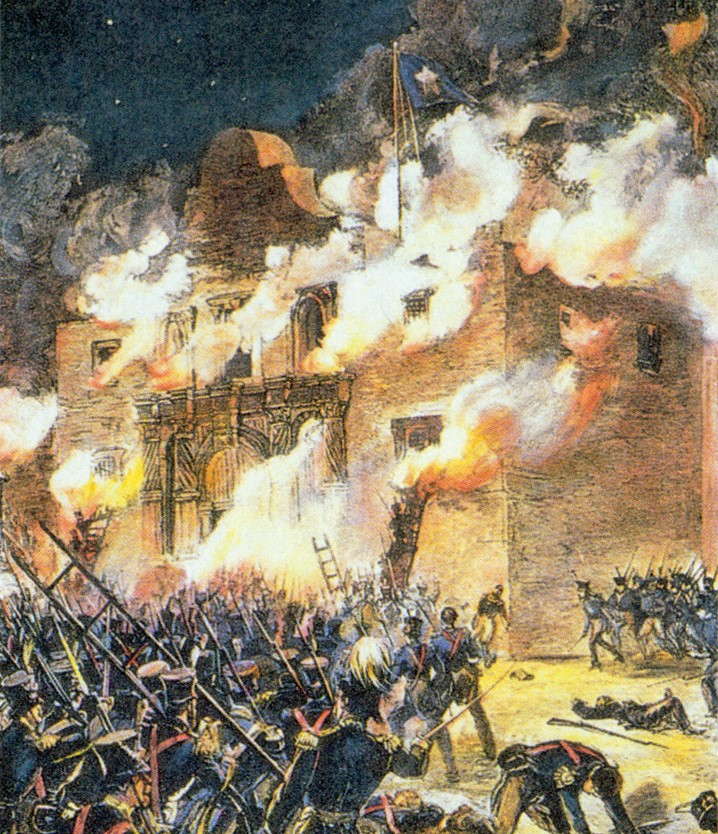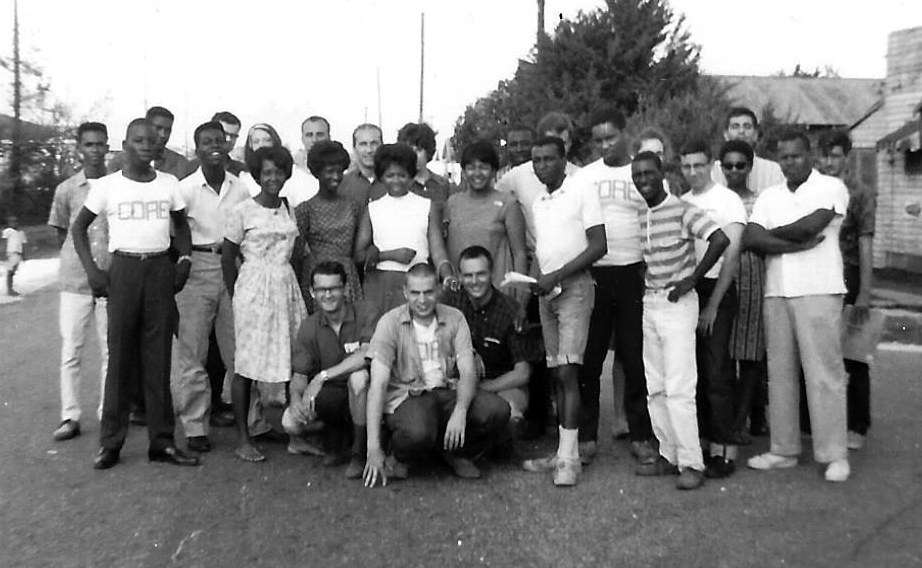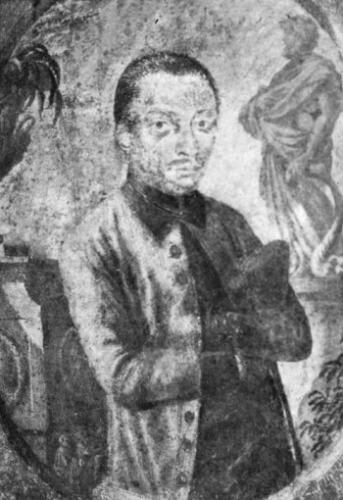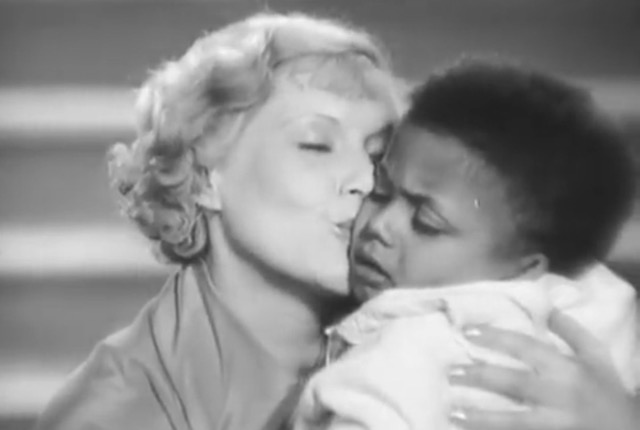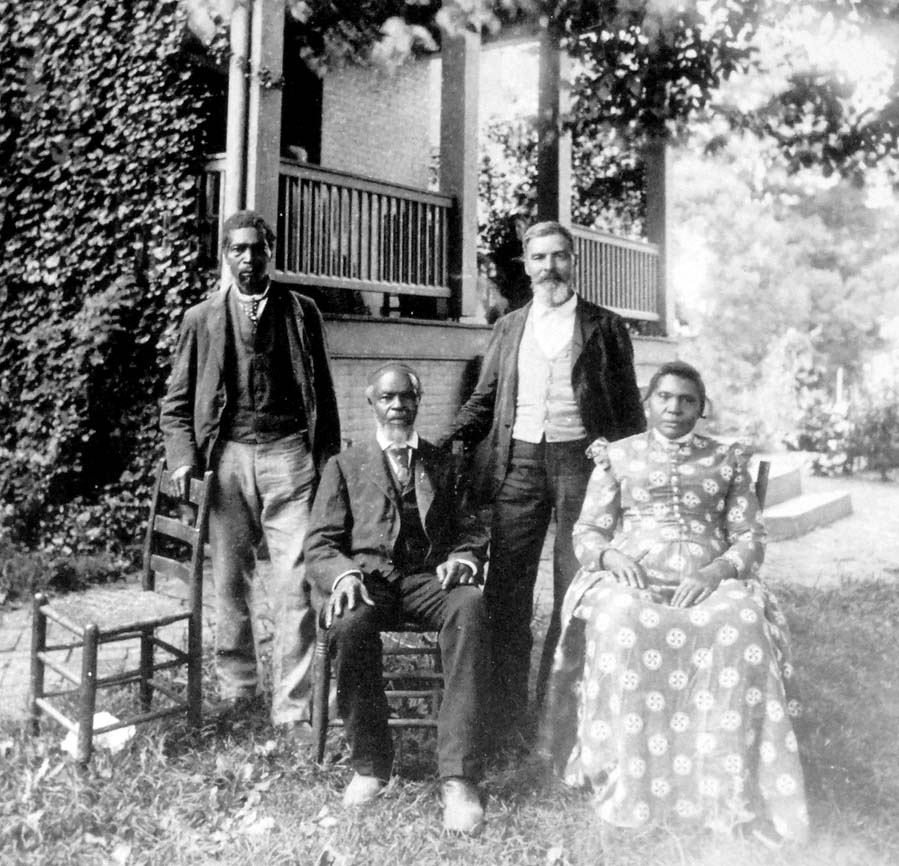As American settlers moved westward in the mid 19tth century they encountered the vast Mexican territory of Texas y Coahuila. Sparsely populated with fertile land, this Mexican territory was attractive to U.S. land speculators, southern plantation owners, and slave traders. Landowners could cultivate cotton, rice, sugar, and other cash crops while land investors could sell their appreciating investments and slave traders would have a new market. Mexico initially welcomed settlement in the sparsely settled region to develop, pacify, and fortify the vast area and ironically to strengthen its claim against possible expansion from the United States.
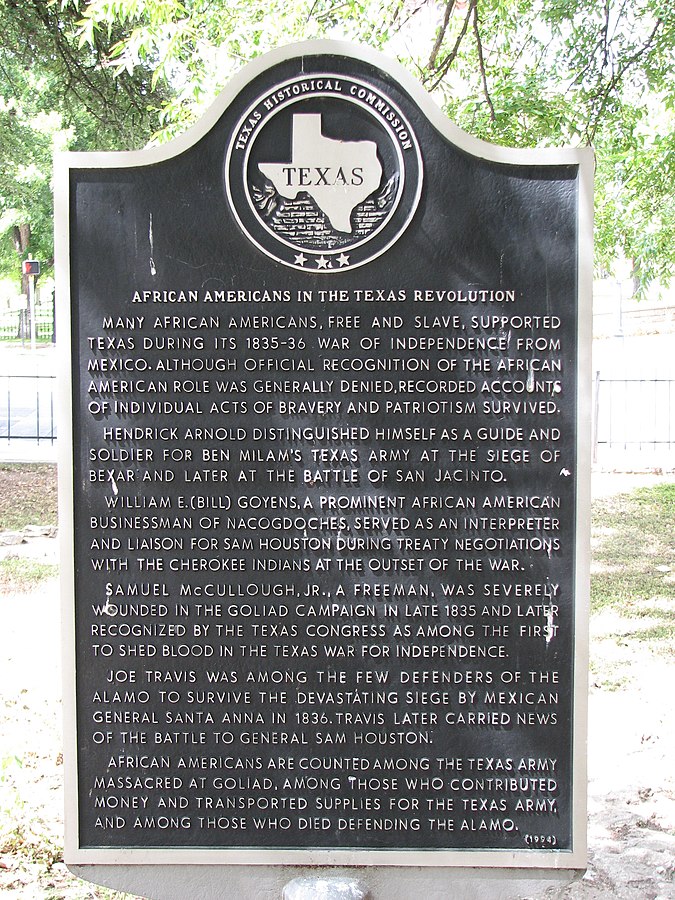
African Americans in the Texas Revolution TxHM
Texas was particularly attractive to settlers from the American south. These settlers were often slave owners, who wanted to replicate the economic, social, and political systems of the south in Texas. Primarily through the efforts of Vicente Guerrero, the second president of Mexico, and himself of African ancestry, the Mexican constitution of 1829 banned slavery. Exceptions, however, were made for American settlers in Texas. The Mexican government defined Black workers not as slaves but as “indentured servants for life.” Clarissa, a “girl of color” living near what is now Austin, was forced into a contract on Christmas day, 1833, which made her a servant for 99 years.
Within a decade an English-speaking slave region had been created within the boundaries of Mexico. By 1835, the population of Texas included 30,000 Anglos, 5,000 enslaved Blacks, and 3,400 Tejanos. The Alamo Mission (soon to become famous in Texas history) was used as a slave market.
By the mid-1830s the Mexican government grew suspicious of the growing number of English-speaking American settlers and their slaves residing in Texas and began restricting emigration from the United States. Many Mexicans (and Black slaves) wanted slavery to be abolished in Texas as it was in the other parts of Mexico. American settlers often held racist views toward Mexicans and resented being governed by brown, Spanish speaking Catholics. These conflicting views about slavery and race put Anglo Texans and the Mexican government on a collision course.
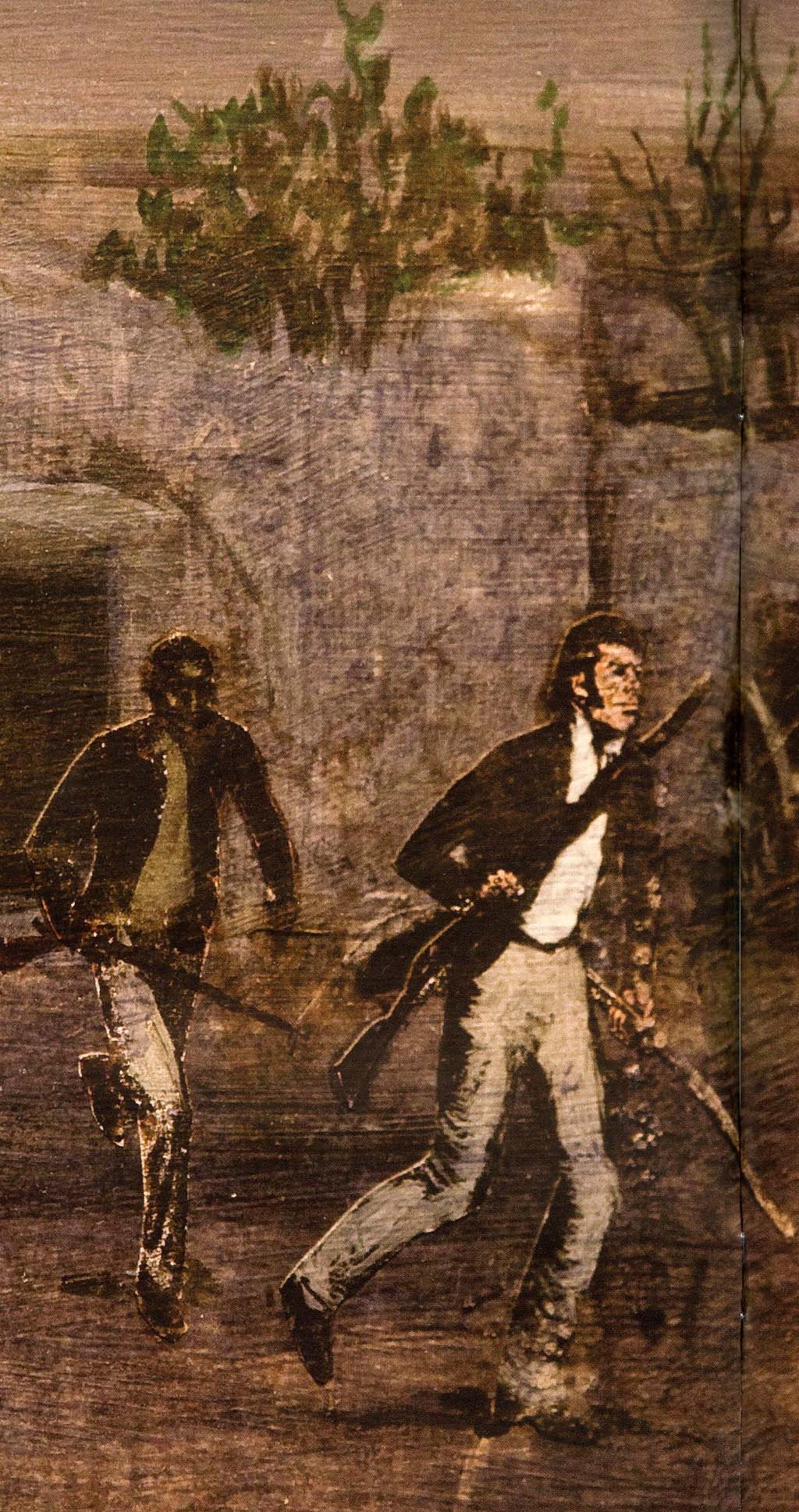
William B. Travis and Joe Travis at the Alamo (public domain)
Conventions held by the Texas colonists in 1832 and 1833 resulted in resolutions petitioning the Mexican government for the establishment of a Texas state separate from Coahuila and for the repeal of the new law preventing Anglo-American immigration into Texas. By 1835 fighting broke out between Mexican forces and American colonists. The Republic of Texas declared its independence from Mexico on March 2, 1836, and was recognized by United States the following year.

As General Santa Ana’s Army marched north to Texas to put down this rebellion, the central government in Mexico City declared that “the philanthropy of the Mexican nation had already freed the slaves” and said they had “the liberty to go to any point on the globe that appeals to them” or to “remain in Texas or another part of Mexico.”
Once the fighting broke out many enslaved people fled north, west, or south to freedom. Others joined the Mexican army. To many of the 5,000 enslaved people, the Mexican army brought liberation.
About 150 Blacks supported the Texas revolution. Some were promised land, others held grievances against Mexico, and some had personal reasons for supporting Texan independence. Samuel McCullough, Jr. a Black man, was the first rebel to shed blood for an independent Texas. Joe Travis, the bondservant of Col. William Travis, one of the co-commanders at the Alamo, was one of the few survivors of that battle.
Once Texas became independent, the new constitution written in 1836 endorsed slavery and opposed rights for people of color or women. Citizenship was open to all except Africans, descendants of Africans, and Indians. That constitution also made it illegal for slave owners to emancipate their slaves and stated that no person could be prevented from bringing slaves into Texas.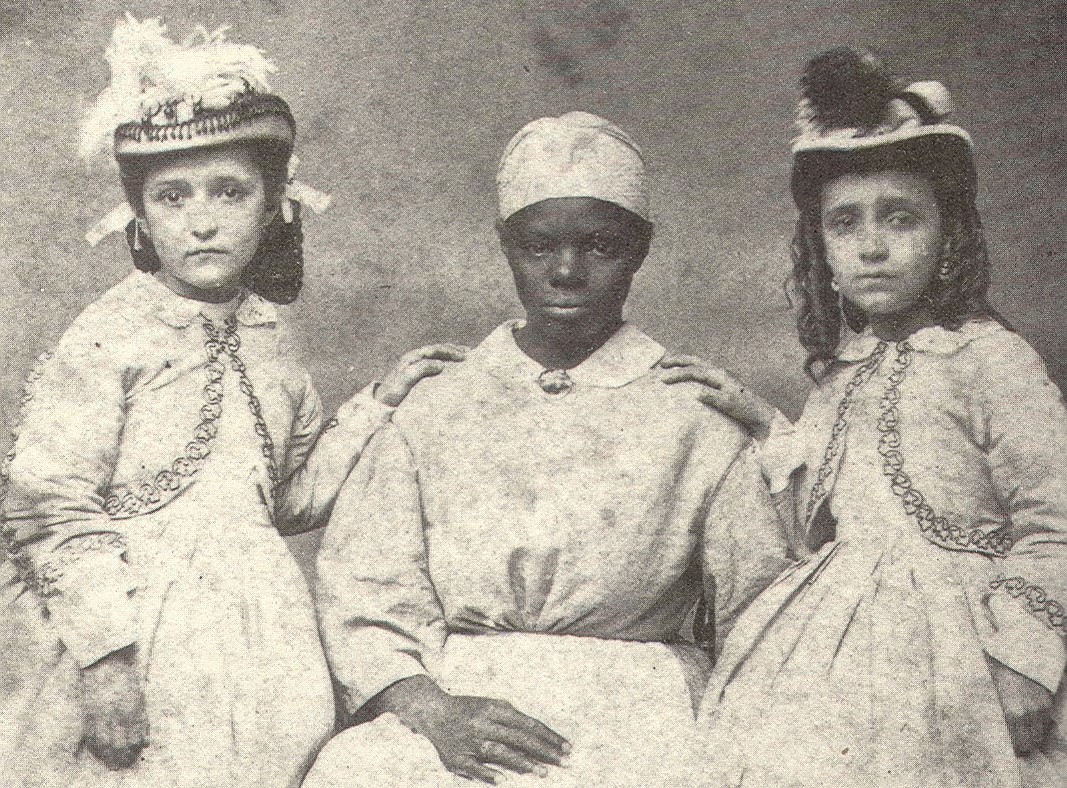
The Republic of Texas ceased to exist when Texas joined the United States as the 28th state on December 29, 1845. Once Texas was admitted as a slave state, the enslaved population grew rapidly. Twenty years later, at the end of the American Civil War on June 19, 1865, 250,000 enslaved people were finally emancipated in Texas.

